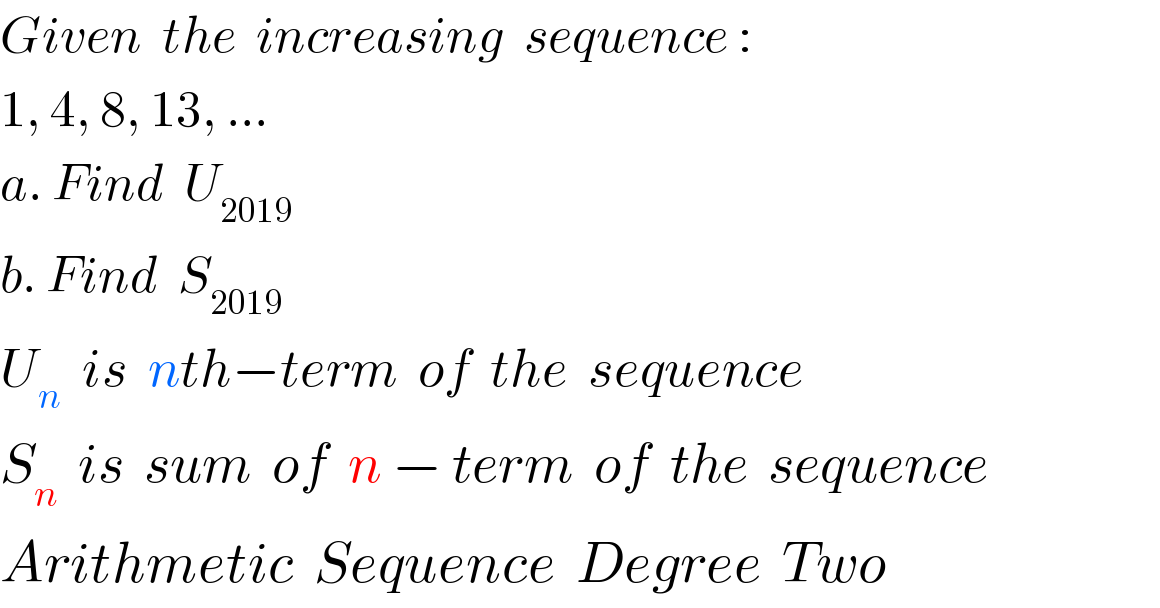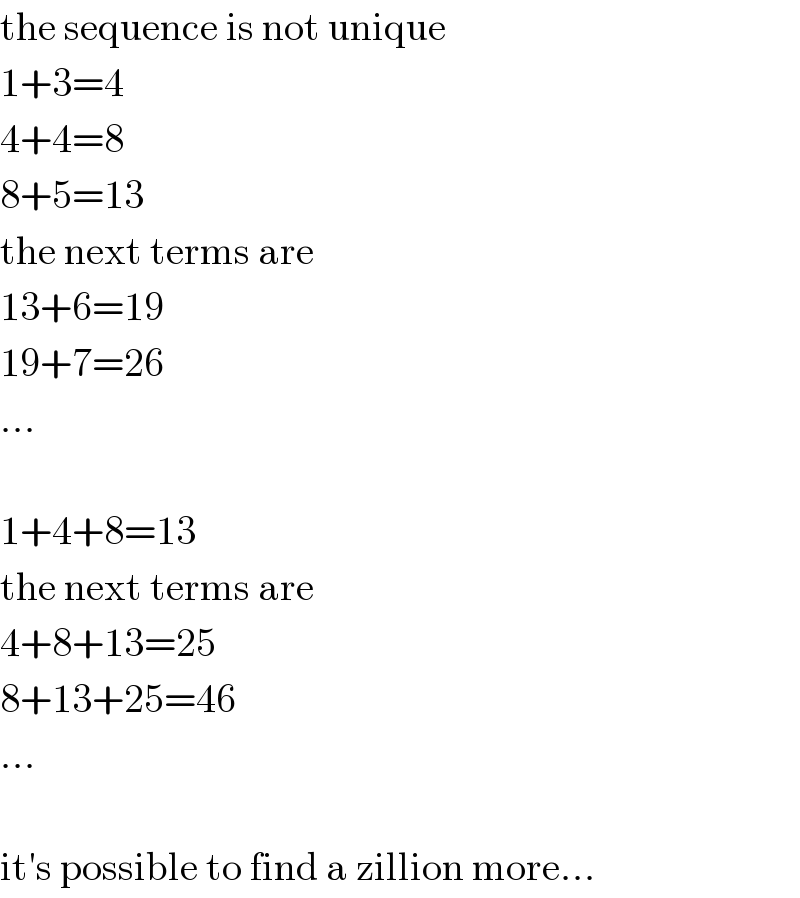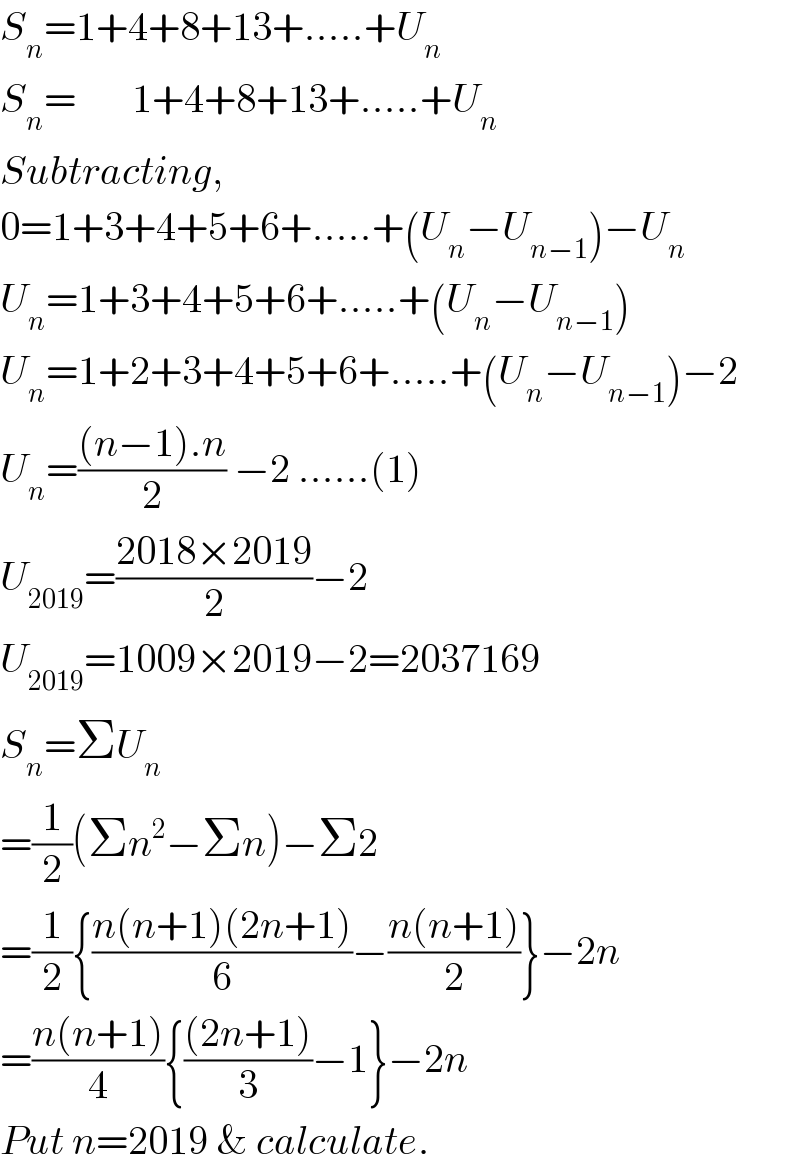
Question and Answers Forum
Question Number 75818 by naka3546 last updated on 18/Dec/19

Commented by MJS last updated on 18/Dec/19

Commented by MJS last updated on 18/Dec/19

Commented by $@ty@m123 last updated on 18/Dec/19

Answered by $@ty@m123 last updated on 18/Dec/19

